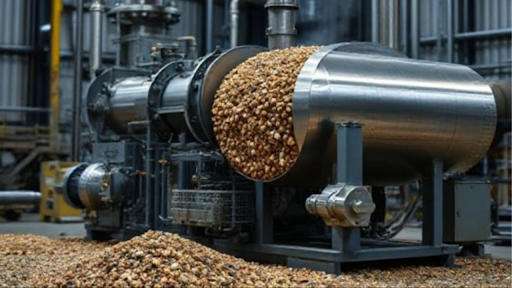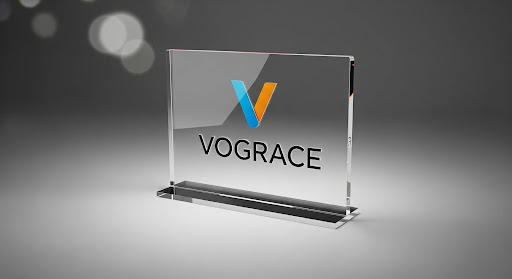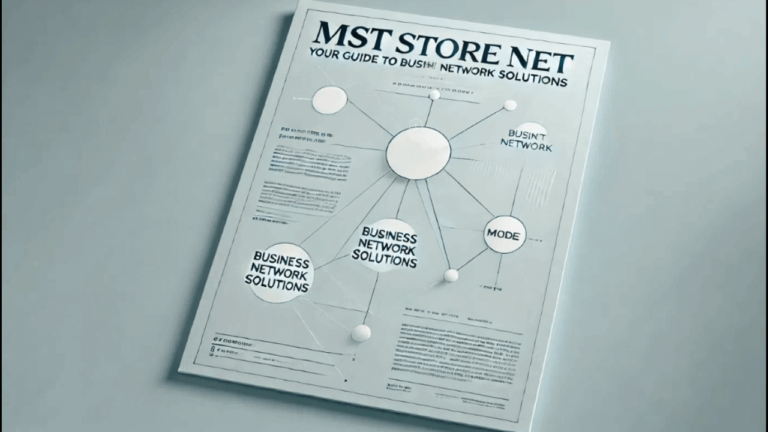Pelletierung might sound like a technical term, but it plays an essential role in many industries today. Whether it’s improving fuel efficiency, optimizing livestock feed, or revolutionizing waste management, pelletization has become a key process in modern manufacturing and sustainability efforts.
As industries strive for efficiency and eco-friendly solutions, understanding pelletierung is more critical than ever. This article explores everything you need to know about pelletization, from its history and working principles to its impact across industries and future innovations.
What is Pelletierung?
Pelletierung is the process of compressing raw materials into small, uniform pellets. These compacted pellets are easier to store, transport, and utilize across different applications.
The process involves applying pressure to powder or granular substances using techniques such as extrusion or press molding. This transformation enhances the physical properties of the material, making it more efficient for use in various sectors, including agriculture, energy, and industrial manufacturing.
Pelletierung plays a crucial role in sustainability by improving fuel combustion, reducing emissions, and optimizing waste utilization. With growing environmental concerns, businesses and industries increasingly adopt pelletization to create more efficient and eco-friendly solutions.
The Evolution of Pelletierung
The origins of pelletierung can be traced back to the mid-20th century when industries began compacting bulk materials for easier handling and transportation.
Key Milestones:
- Early Adoption: Initially used in agriculture for animal feed, pelletization made storage and transportation more efficient while improving feed digestibility.
- Industrial Expansion: By the 1970s, mining and chemical industries adopted pelletization to enhance material handling and processing.
- Technological Innovations: The late 1980s saw significant advancements with the introduction of binding agents, leading to more durable and efficient pellets.
- Sustainability Integration: Today, pelletierung is widely used in energy production, particularly in biomass fuel production, as a sustainable alternative to fossil fuels.
The continuous evolution of pelletizing technologies has made it an indispensable process across multiple industries, contributing to both economic and environmental benefits.
Benefits of Pelletierung
Pelletization offers a range of advantages that improve efficiency, reduce waste, and enhance material usability.
1. Improved Handling & Storage
Pellets have a uniform shape and density, making them easier to transport and store than loose materials. This reduces spillage and improves logistics management.
2. Better Flow Characteristics
In industries like pharmaceuticals and manufacturing, pelletized materials ensure consistent feeding in automated systems, minimizing production downtime.
3. Enhanced Combustion Efficiency
For biomass fuel applications, pelletierung increases fuel efficiency by ensuring uniform combustion, reducing emissions, and improving energy output.
4. Reduction of Waste
By transforming industrial by-products into usable pellets, businesses can minimize waste, reducing environmental impact and enhancing sustainability.
5. Consistent Quality
Pelletization helps maintain uniform product quality, meeting industry regulations and ensuring customer satisfaction.
How Pelletierung Works
Pelletization involves a series of well-structured steps to convert raw materials into usable pellets. Here’s a breakdown of the process:
1. Raw Material Preparation
Large materials are crushed into fine particles to increase surface area and improve binding properties.
2. Conditioning
Moisture and heat are applied to soften the material, making it easier to compress into pellet form.
3. Pelletizing Process
The conditioned material is forced through a pellet mill, where pressure compacts it into uniform pellets.
4. Cooling & Drying
Pellets are cooled and dried to enhance durability and prevent degradation during storage and transport.
5. Quality Control
The final step ensures uniformity in size, density, and moisture content before packaging and distribution.
Common Materials Used in Pelletierung
Pelletization accommodates a wide range of materials, depending on the intended application:
- Biomass & Wood Waste: Sawdust, wood chips, and agricultural residues are commonly used for fuel pellets.
- Agricultural By-Products: Corn stover, straw, and rice husks are transformed into livestock feed and biofuels.
- Industrial Materials: Minerals, chemicals, and polymers undergo pelletization for ease of handling and processing.
- Food & Pharmaceuticals: Ingredients and medicinal compounds are pelleted for controlled release and consistency.
Industries Utilizing Pelletierung
Pelletization is widely used across multiple industries due to its efficiency and environmental benefits.
1. Agriculture
Pelletized animal feed improves digestibility and nutrient absorption for livestock while reducing waste.
2. Renewable Energy
Wood and biomass pellets serve as eco-friendly alternatives to coal and fossil fuels, supporting global sustainability efforts.
3. Pharmaceuticals
Medicinal ingredients are pelletized for controlled-release drug formulations, enhancing patient compliance.
4. Manufacturing & Chemicals
Pelletization ensures uniform melting characteristics in plastic production and improves the handling of industrial chemicals.
5. Food Processing
Pellets are used in food products for extended shelf life and consistent texture in snack production.
Future Trends & Innovations in Pelletierung
As technology advances, pelletization is set to become more efficient and environmentally friendly. Key trends include:
- Automation & AI: Advanced control systems optimize pellet production for increased efficiency and precision.
- Eco-Friendly Binders: Research into biodegradable binders is helping to create more sustainable pellets.
- Alternative Raw Materials: New sources like algae and recycled plastics are expanding pelletization possibilities.
- Energy-Efficient Machinery: Innovations in pellet mills are reducing energy consumption and operational costs.
Challenges & Solutions in Pelletierung
Despite its many benefits, pelletization comes with challenges, including:
1. Maintaining Pellet Quality
Challenge: Variability in raw materials affects pellet consistency. Solution: Implementing strict quality control and pre-processing measures improves uniformity.
2. High Energy Consumption
Challenge: The pelletizing process can be energy-intensive. Solution: Investing in energy-efficient pellet mills and optimizing operational parameters can reduce costs.
3. Regulatory Compliance
Challenge: Industries face strict environmental regulations. Solution: Adopting sustainable practices and staying informed about industry standards ensures compliance.
Conclusion:
Pelletierung is a revolutionary process that transforms raw materials into highly functional pellets, benefiting industries from agriculture to energy production. As technological advancements continue to enhance efficiency and sustainability, pelletization will remain a vital method for optimizing material use and reducing waste.
Understanding pelletization’s benefits, challenges, and future trends allows businesses to make informed decisions and stay ahead in an evolving market. With increasing demand for sustainable practices, adopting pelletization is a step toward a greener, more efficient future.
FAQs:
1. What is the primary purpose of pelletierung?
Pelletization converts raw materials into small, uniform pellets to improve handling, storage, and efficiency.
2. Which industries use pelletization the most?
Agriculture, renewable energy, pharmaceuticals, manufacturing, and food processing are major users.
3. Can all materials undergo pelletization?
Most materials, including biomass, industrial chemicals, and pharmaceuticals, can be pelletized.
4. How does pelletization contribute to sustainability?
It reduces waste, improves fuel efficiency, and minimizes emissions in various industries.
5. What are the biggest challenges in pelletization?
Quality consistency, energy consumption, and regulatory compliance are key challenges, but technological advancements are addressing these issues.
Stay in touch for more updates and alerts visit: Greek Buzz!



















